
Instagram Peak Times Across US Time Zones: Insights From Social Media Agencies

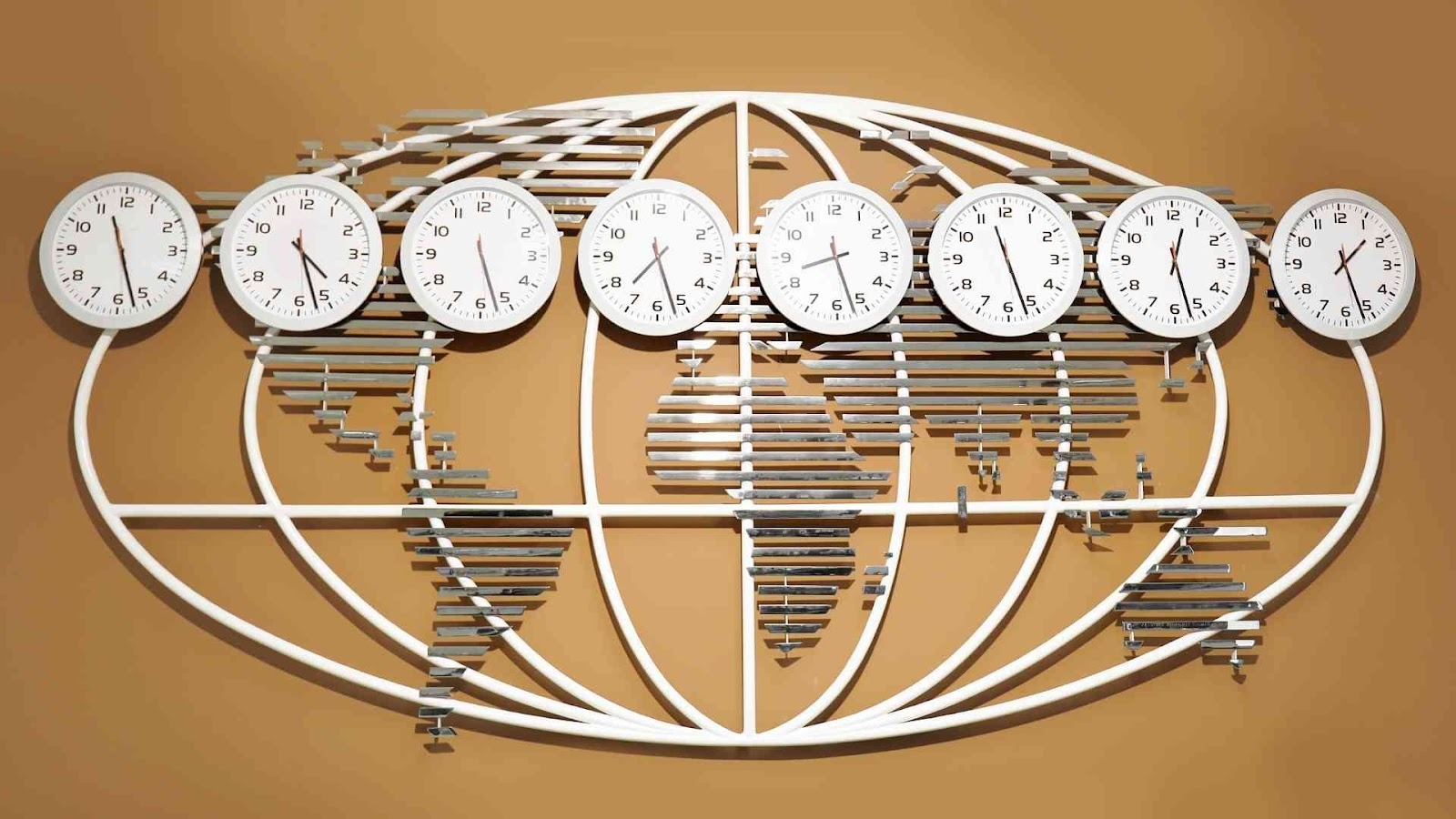
Best Times to Post on Instagram by US Time Zone (2025 Guide)
If you’ve ever posted a great photo or video on Instagram and felt disappointed by low engagement, timing could be the reason. The best time to post on Instagram in 2025 depends on when your audience is most active — and that changes across time zones. Instagram’s algorithm favors posts that gain quick likes and comments after publishing, so learning your audience’s “peak hours” can make a huge difference in your reach.
This updated 2025 guide explains why timing affects visibility, breaks down the best times to post by U.S. region, and shares agency-tested scheduling tips you can use today to grow faster.For brands refining their approach this year, you can also explore these Instagram strategies for your business to strengthen your overall marketing plan.
Why Timing Affects Instagram Growth
Early Likes Boost Reach
Instagram’s algorithm rewards early engagement more than anything else. When your post receives likes, saves, and comments within the first 30–60 minutes, it signals that your content is relevant and interesting. As a result, Instagram pushes it to more users through feeds, Explore, and recommended posts.
But if your followers don’t see your content soon after it’s posted, it risks getting buried by other posts. Timing is what determines whether your photo gets 50 views or 5,000. This is why professional creators and brands spend time studying their analytics — because every minute counts in those first few hours after posting.
If you post when your audience is at work, asleep, or commuting, even strong visuals won’t help. To get early traction, aim to publish right before your audience logs in and starts scrolling.
{{blog-cta-section}}
Time Zones Impact Visibility
The U.S. has four main time zones — Eastern, Central, Mountain, and Pacific — and your ideal posting time depends on where your followers live. Posting at 9 a.m. in New York may hit perfectly for East Coast followers but miss California users who are still asleep.
Instagram Insights makes this easy to check. Go to your “Audience” tab and look under “Most Active Times.” You’ll see what hours your followers are online by day and by city. Use that data to set a personalized schedule.
For example, if 60% of your followers are in Los Angeles, don’t post at 8 a.m. Eastern Time — wait until mid-morning Pacific Time. Aligning with your followers’ daily routines will help your posts perform better across all time zones.
Best Times by US Time Zone
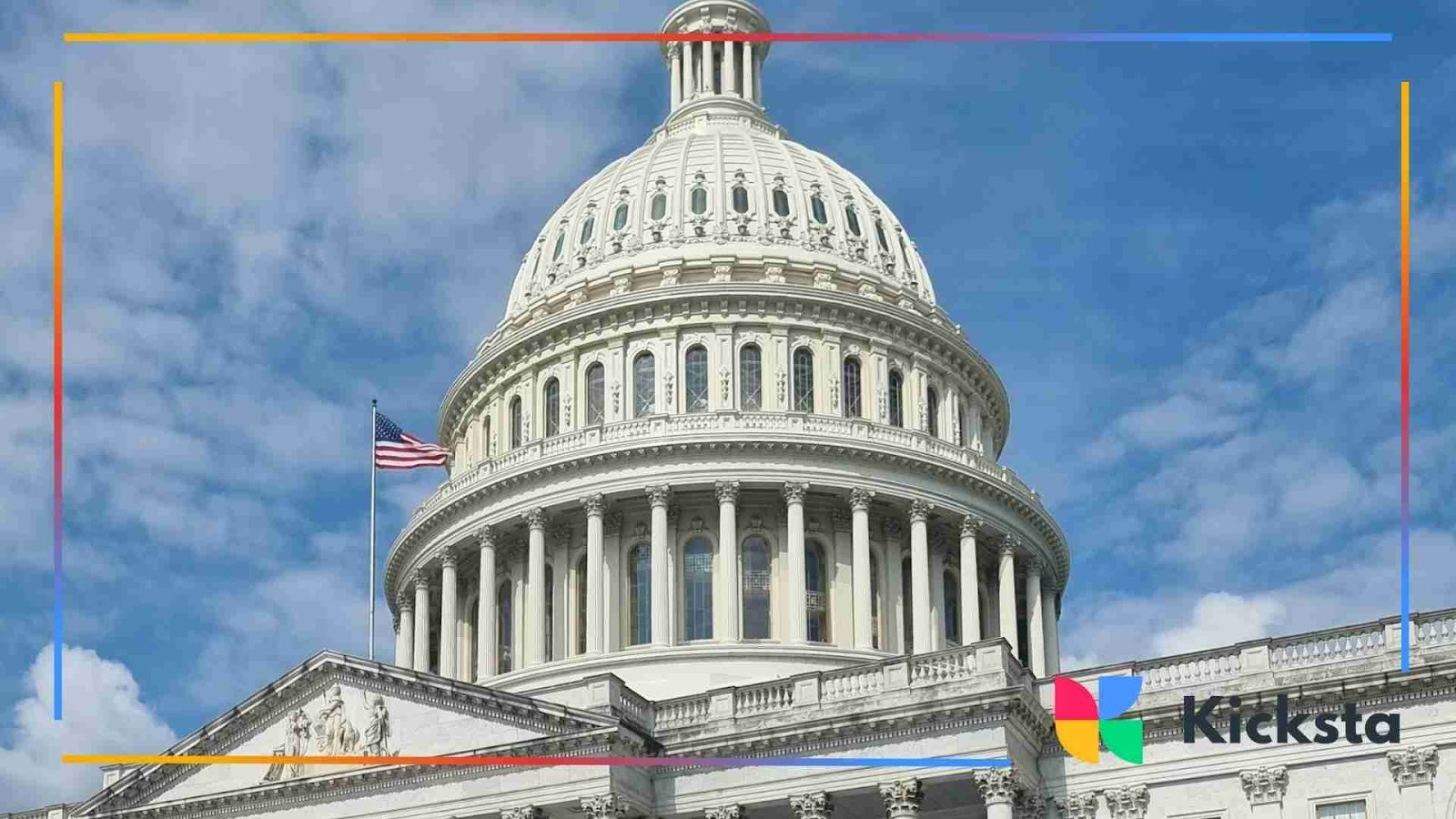
Eastern Time Posting
If your audience is on the East Coast — including New York, Florida, or Georgia — post between 10 a.m. and 1 p.m. on weekdays. This is when most users check their phones during work breaks or lunchtime. Midweek, especially Tuesday and Wednesday, tends to have the highest engagement rates for both B2B and B2C brands.
Avoid posting too early in the morning or late at night. Engagement drops sharply outside of business hours because users are either commuting or winding down. If you’re testing Reels or carousel posts, try uploading just before noon, when interaction levels peak.
Central Time Posting
In states like Texas, Illinois, and Minnesota, 9 a.m. to 12 p.m. works best. Audiences here tend to scroll right before lunch or during short breaks at work. Lifestyle, retail, and educational content performs especially well in late morning slots, while B2B brands may find steady engagement closer to 11 a.m.
Agencies in this region often recommend testing both late-morning and early-evening times to find the best mix. People in Central Time scroll both before lunch and after work, so those two windows often outperform mid-afternoon posts.
Mountain Time Posting
Mountain Time (covering Colorado, Utah, and parts of Arizona) sits between East and West Coast activity, which means you can strategically overlap both. The best posting times are 8 a.m. to 10 a.m. and 5 p.m. to 7 p.m..
Early morning posts catch East Coast lunchtime scrollers, while evening posts reach local audiences just as they relax after work. Many agencies in Denver use this advantage to serve clients nationwide — posting at times that align with two time zones at once.
If you’re in Mountain Time, use scheduling tools to post slightly earlier than your local peak. That way, you can still capture national attention while staying relevant to local users.
Pacific Time Posting
For the West Coast, including California, Washington, and Oregon, the best posting times are 11 a.m. to 2 p.m. These mid-day hours capture everyone from students on lunch breaks to professionals taking short scroll sessions.
Evening posts between 6 p.m. and 8 p.m. can also perform well, especially for Reels and Stories. People on the West Coast are highly engaged during these relaxed hours, often interacting more with video and behind-the-scenes content.
Weekends can also work well for lifestyle and creator brands here — particularly Saturday mornings when users browse casually over coffee. Check out these coffee lover captions for ideas
{{blog-cta-section}}
How Agencies Test Best Times
Use Post Analytics
Top social media agencies don’t guess their posting times — they test them. By reviewing Instagram Insights weekly, they track how engagement shifts throughout the day and adjust schedules accordingly.
Start by analyzing your last 30 posts. Note the days and hours that brought the highest engagement rates. Patterns will appear quickly. You might find your audience prefers Tuesdays at noon or Sundays in the evening. Use this data to build your posting calendar.
To keep your engagement data organized and actionable, many marketers rely on CRM software to manage relationships and measure response patterns across platforms.
Try Morning Slots
Morning hours are strong for motivational and productivity-based content. Between 7 a.m. and 9 a.m., people check social media as they wake up or commute. This time window allows your post to build momentum throughout the day.
If you share quotes, business updates, or lifestyle tips, mornings are perfect. They match the mindset of users looking for inspiration before starting work or school.
Try Lunch Slots
Between 11 a.m. and 1 p.m., Instagram engagement peaks across almost every demographic. This is when people take short breaks, eat lunch, and browse their phones for entertainment or updates.
Posting around lunchtime also gives you a chance to interact live — replying to comments and messages as they come in, which helps your content stay at the top of feeds longer.
Try Evening Slots
Evening slots between 6 p.m. and 8 p.m. are ideal for personal brands, entertainment content, and Reels. People are done with work and want something light or visual. Engagement levels are high, but competition is strong, so make sure your visuals stand out.
This time window also works well for interactive posts — like polls, Q&As, or tutorials. You’ll reach users when they have the time to engage more deeply with your content.
Best Times by Industry

B2B Posting Tips
Business-to-business (B2B) audiences respond best during weekday mornings. Professionals check social media before meetings or during coffee breaks. Posting between 9 a.m. and 11 a.m. from Tuesday to Thursday works well for educational content, updates, and LinkedIn cross-promotions.
B2B accounts should avoid weekends or late evenings when engagement drops sharply. Keep captions concise, visuals clean, and include a value-driven call to action that fits into your audience’s work mindset.
If your strategy includes leveraging customer testimonials or case studies, consider implementing a Customer Reference Program to strengthen credibility and nurture long-term client relationships.
B2C Posting Tips
For consumer-facing brands, late mornings to early evenings are best. Between 11 a.m. and 7 p.m., users are most active, especially for lifestyle, food, and fashion brands. These posts benefit from vibrant visuals, interactive captions, and trending Reels formats.
Weekends also perform well for B2C accounts because shoppers and casual browsers spend more time scrolling. Try posting Saturday afternoons or Sunday evenings for campaigns or product teasers.
Creator Posting Tips
Creators and influencers have slightly different engagement patterns. Their best time to post on Instagram is in the evenings (6 p.m. to 9 p.m.) and weekends. Followers have more time to watch Reels, comment, and share posts when they’re off work.
Sundays tend to perform best for personal or storytelling posts. If you’re a creator building your brand, schedule your most meaningful content for weekend prime time.
Smart Scheduling Tactics
Use Posting Tools
In 2025, relying on manual posting is risky. With audiences scattered across multiple time zones, scheduling tools are essential for consistent reach. Platforms like Later, Metricool, and Buffer let you plan content days or weeks ahead and automatically publish during your audience’s peak hours.
The best part is that these tools analyze engagement trends for you. They track when your followers interact most and recommend the best posting windows. This data helps you stay consistent even when you’re busy or managing multiple accounts. If you’re running campaigns or testing content types, you can use these insights to compare performance and refine your timing week by week.
Stay Active After Posting
Even with perfect timing, posting and logging off immediately is a missed opportunity. Instagram’s algorithm rewards interaction — meaning the more you engage right after posting, the higher your visibility becomes.
Spend at least 15–30 minutes responding to comments, replying to DMs, and liking related posts in your niche. This activity boosts your ranking in followers’ feeds and strengthens your relationships with your audience. It’s also a great time to pin top comments, add a quick Story update, or share your new post to Stories for extra visibility. If you’re monetizing your brand, check out these proven strategies to make money on Instagram to turn engagement into income.
Avoid Low Engagement Hours
No matter your niche, some times simply don’t work. Between 2 a.m. and 6 a.m., engagement rates drop drastically because most users are asleep or inactive. Even if you post amazing content during this window, it’ll likely get buried before your followers log in.
If your audience is international, you can still target other regions — for example, posting at 3 a.m. Eastern might reach Europe’s morning crowd. But for U.S.-based accounts, stick to daytime and early evening hours for the strongest results. Consistency is key, but consistency at the wrong time won’t help your growth.
Quick Recap by Region
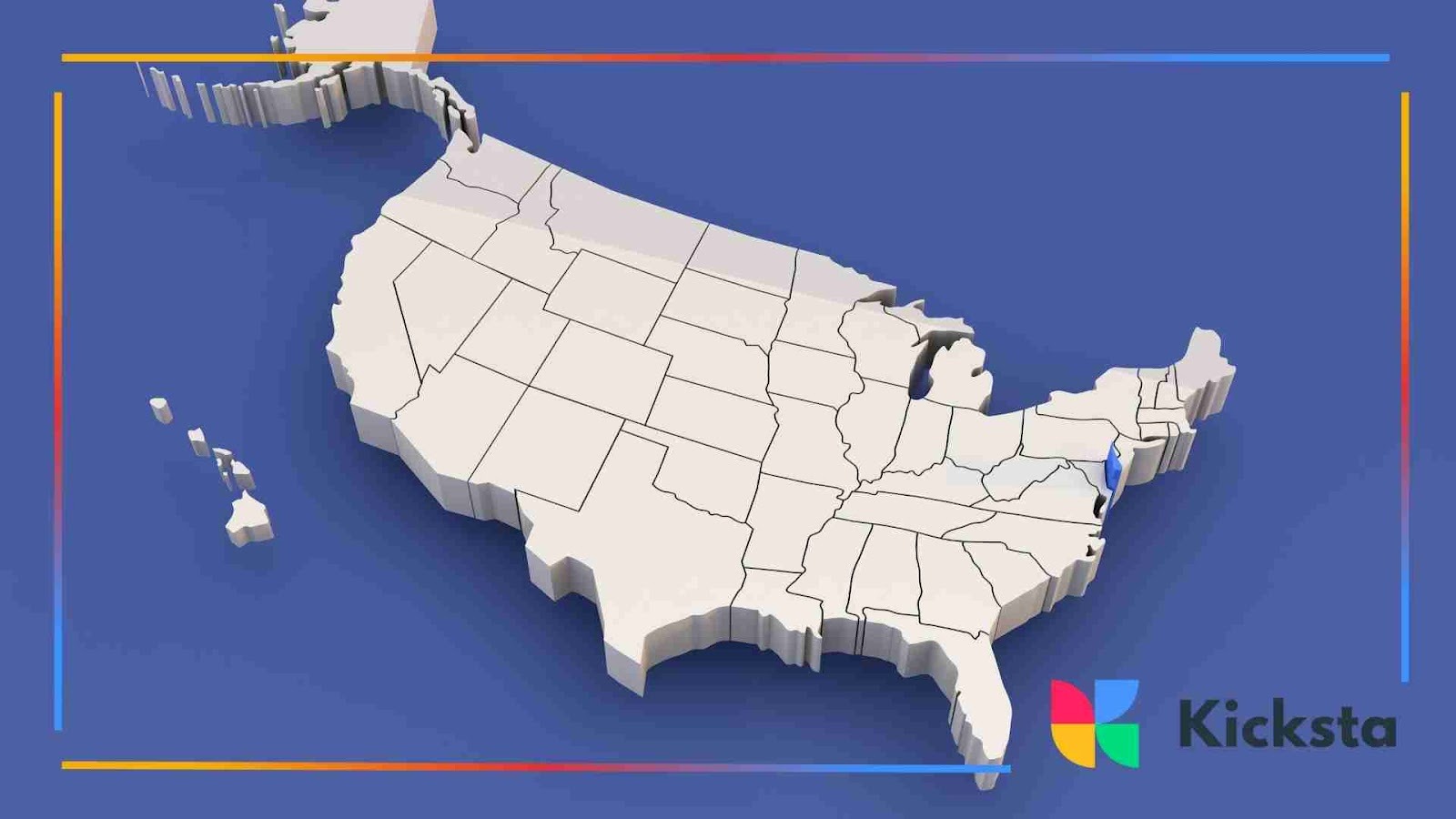
Best Times East
If you’re in the Eastern Time Zone, post between 10 a.m. and 1 p.m. on weekdays. Mid-mornings through lunch capture the largest audience activity. Tuesdays and Wednesdays perform particularly well across both personal and business accounts.
Best Times Central
Central Time users engage the most between 9 a.m. and 12 p.m.. This window catches people during work breaks or right before lunch. B2C and lifestyle brands also perform well with early evening posts around 6 p.m..
Best Times Mountain
For the Mountain region, aim for 8 a.m. to 10 a.m. or 5 p.m. to 7 p.m.. These hours overlap with East Coast lunch hours and West Coast mornings, giving you double exposure potential.
Best Times Pacific
Pacific audiences are most active between 11 a.m. and 2 p.m., with a smaller spike between 6 p.m. and 8 p.m. for video content. Wednesday and Thursday see the highest reach, while early weekends are perfect for creative storytelling posts.
Why Does Instagram Engagement Drop Outside Peak Hours?
Instagram engagement drops outside of peak hours because fewer users are online and interacting. When your followers aren’t active, your post gets less early engagement, and the algorithm assumes it’s less interesting. As a result, your post stops being shown to more people, leading to lower reach overall.
Another factor is competition. During off-hours, users may be tired, distracted, or focused on other apps like TikTok or YouTube. They scroll less and engage less, which affects your numbers. By sticking to peak times, you increase the chance that your content appears while your followers are actively browsing and ready to interact.
How Do Agencies Track the Best Times to Post?
Social media agencies rely on analytics rather than guesswork. They analyze performance data from Instagram Insights or third-party tools like Sprout Social and Later. These platforms show when your followers are most active each day, broken down by hour.
Agencies typically test posting across different time slots for a few weeks, comparing engagement levels — likes, comments, shares, saves, and reach. From there, they identify the top-performing hours. Once a pattern emerges, they build a publishing calendar optimized for those times. This testing process ensures every post gets the best chance to perform organically.
If you’re managing your own page, you can use the same approach: post at various times for two weeks, review the analytics, and adjust your schedule accordingly. Learn how to measure success in an influencer campaign to refine your timing.
Is It Better to Post in the Morning or Evening on Instagram?
Both morning and evening have advantages — it depends on your audience type.
Morning posts work well for educational, motivational, or productivity content. People are starting their day, drinking coffee, and checking social media before diving into work. Posting between 7 a.m. and 9 a.m. lets your content gain momentum throughout the day as users engage.
Evening posts, on the other hand, are best for entertainment, lifestyle, and personal brands. Between 6 p.m. and 9 p.m., users are relaxed and more likely to watch Reels or comment on posts. If your content is emotional, funny, or visually rich, evenings will deliver higher engagement.
To find your ideal time, test both windows and compare reach, likes, and saves. Many brands even post twice daily — once in the morning and once in the evening — to maximize exposure.
How Often Should You Post During Peak Hours?

Posting frequency depends on your content quality and consistency. In 2025, three to five posts per week is the sweet spot for most creators and brands. Posting every day can work if your content is diverse — like mixing Reels, carousels, and photos — but don’t sacrifice quality just to post more.
Focus on maintaining a predictable rhythm. Posting at similar times each week helps the algorithm understand your schedule and train your audience to expect your content. If your peak time is 11 a.m. on weekdays, stick to it. Consistency builds familiarity and keeps engagement strong.
Can I Use Scheduling Tools for Peak Instagram Times?
Yes — and you should. Scheduling tools are the easiest way to ensure your posts go live during peak engagement windows, even when you’re offline. Apps like Later, Planoly, and Metricool not only let you schedule posts but also analyze when your followers are most active.
These platforms suggest optimal posting times based on your analytics and audience behavior. You can even schedule multiple time zone-specific posts if your audience spans across states or countries.
By automating your timing, you remove the stress of remembering to post manually. You can focus on creating quality content while the tool handles consistency. Just remember to stay active after publishing — scheduling helps timing, but real-time engagement still drives growth.
Final Thoughts
Timing is one of the most overlooked parts of Instagram strategy, yet it plays a massive role in your growth. Posting at the right hour can make the difference between 100 views and 10,000. The key is to know your audience, track your data, and adapt.
Whether you’re in Eastern, Central, Mountain, or Pacific Time, your goal should be the same — post when your followers are most active, stay consistent, and engage immediately. With the help of analytics and scheduling tools, you can build a reliable posting rhythm that keeps your account visible, engaging, and ready to grow every week.
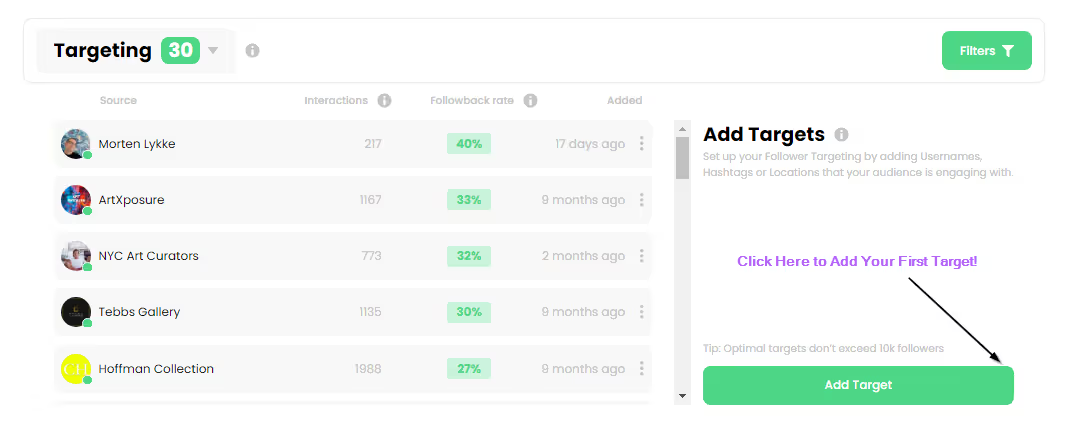
.jpeg)
.jpg)
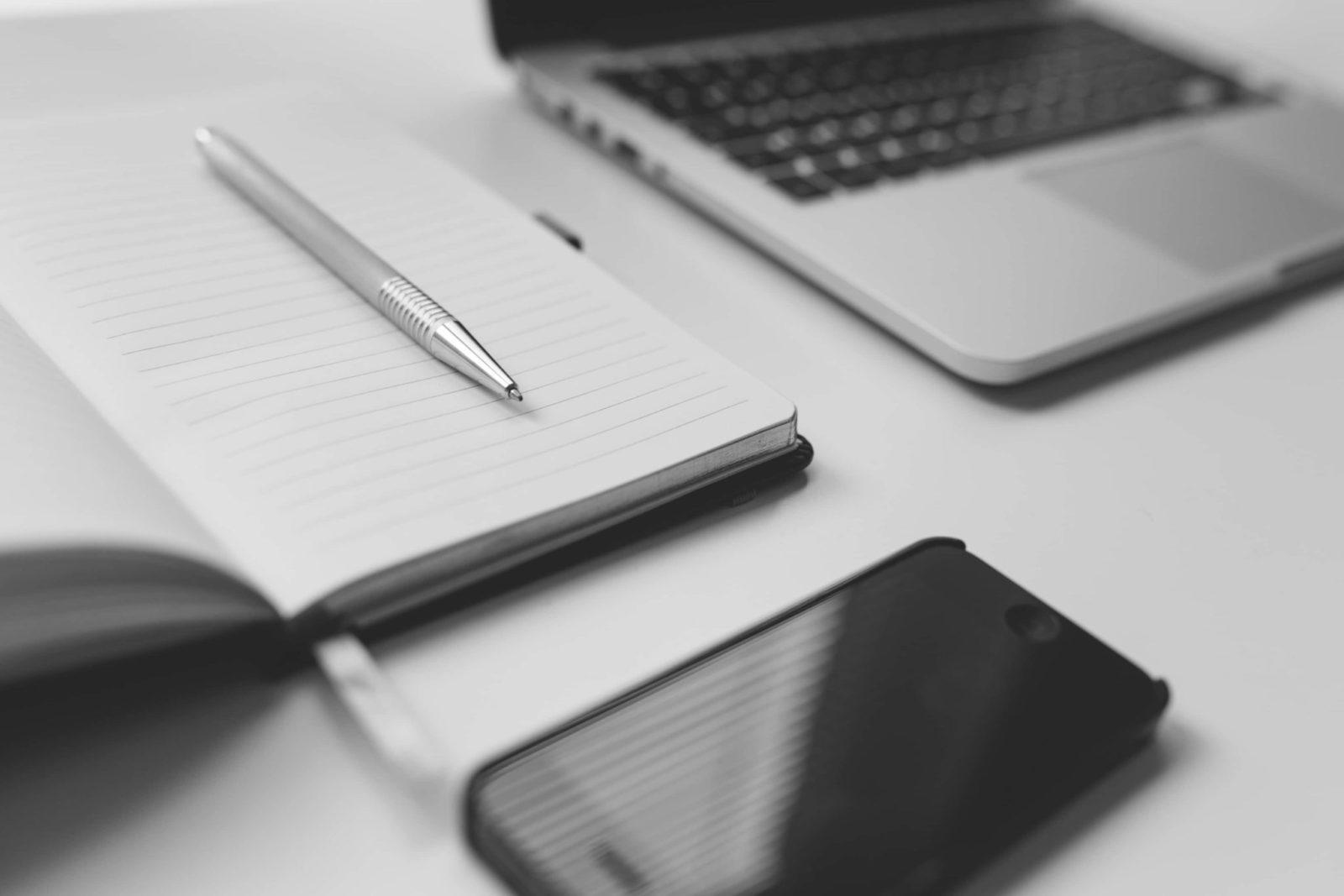
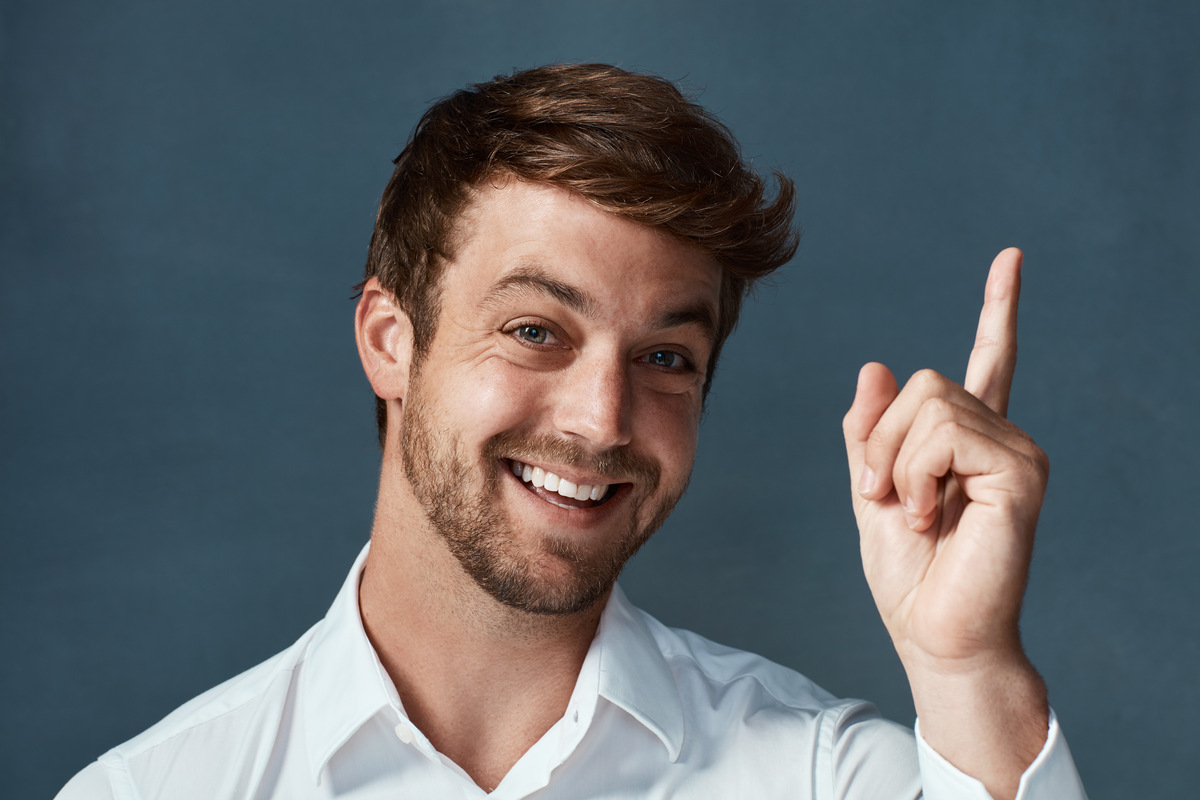
.jpg)